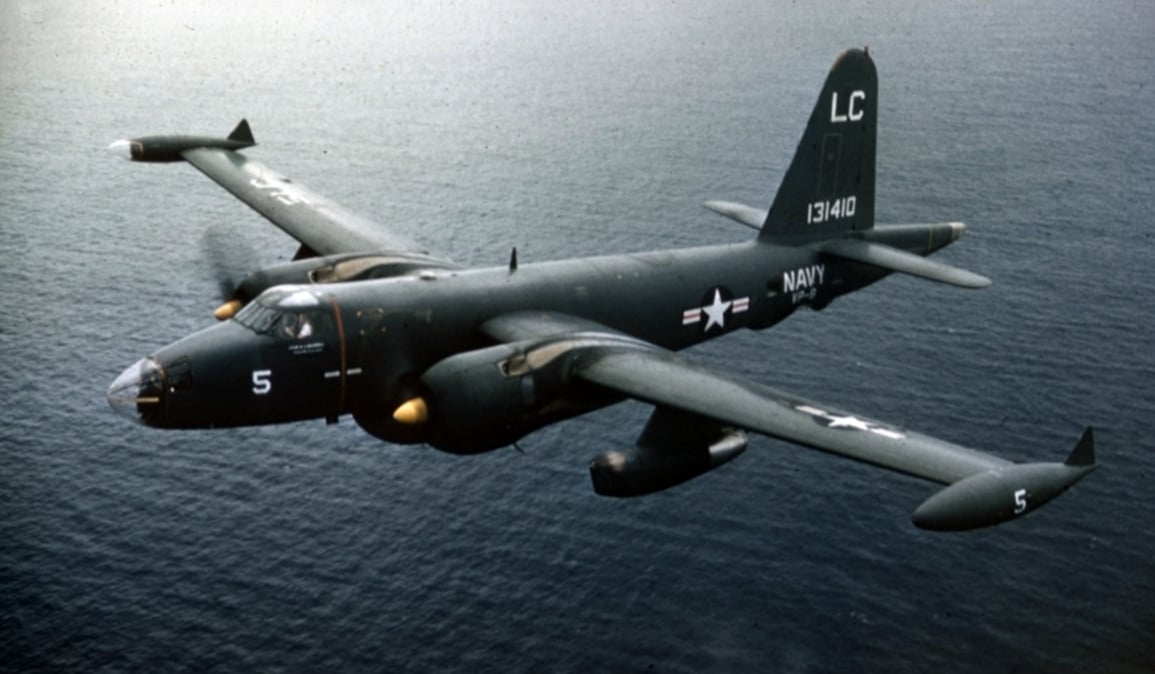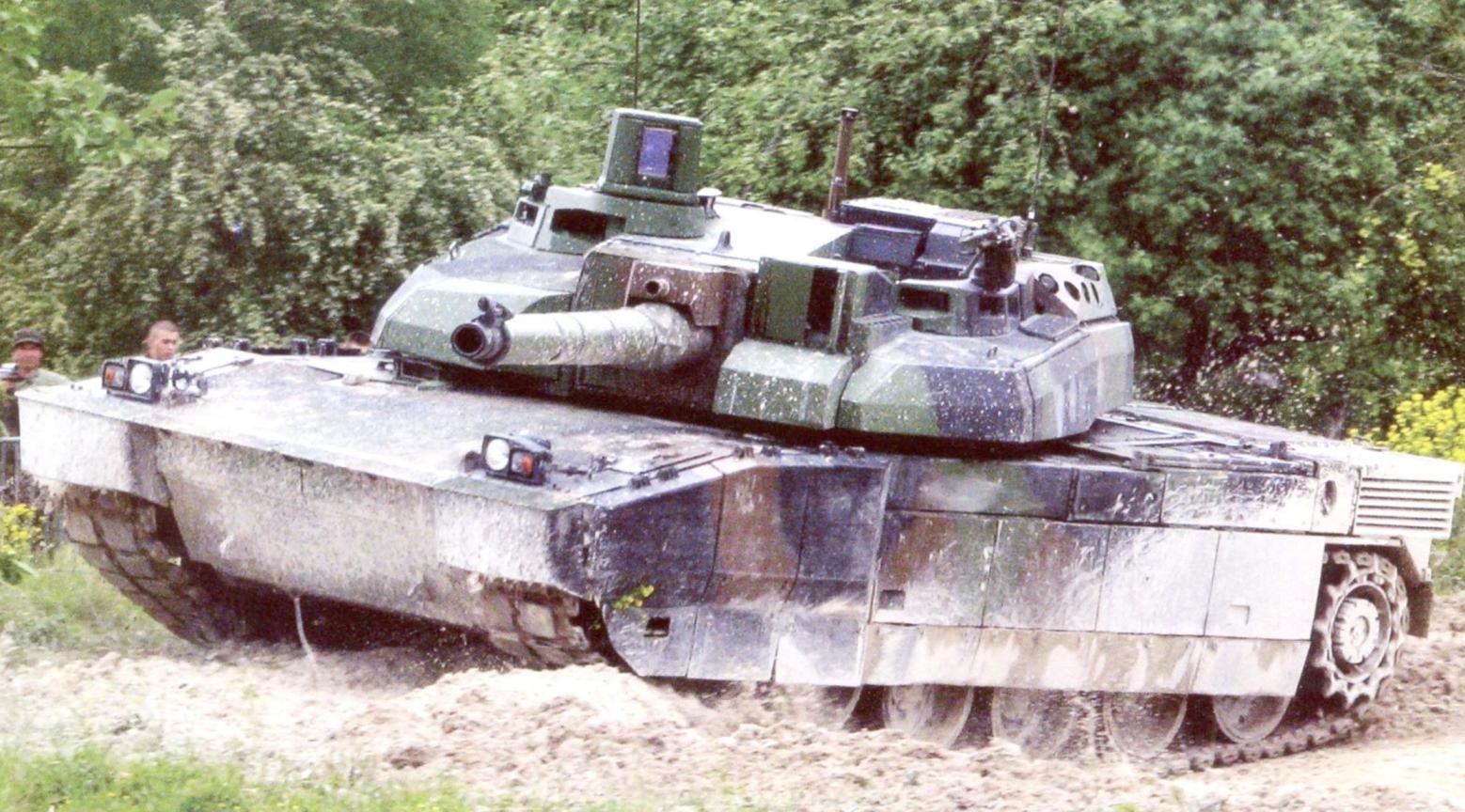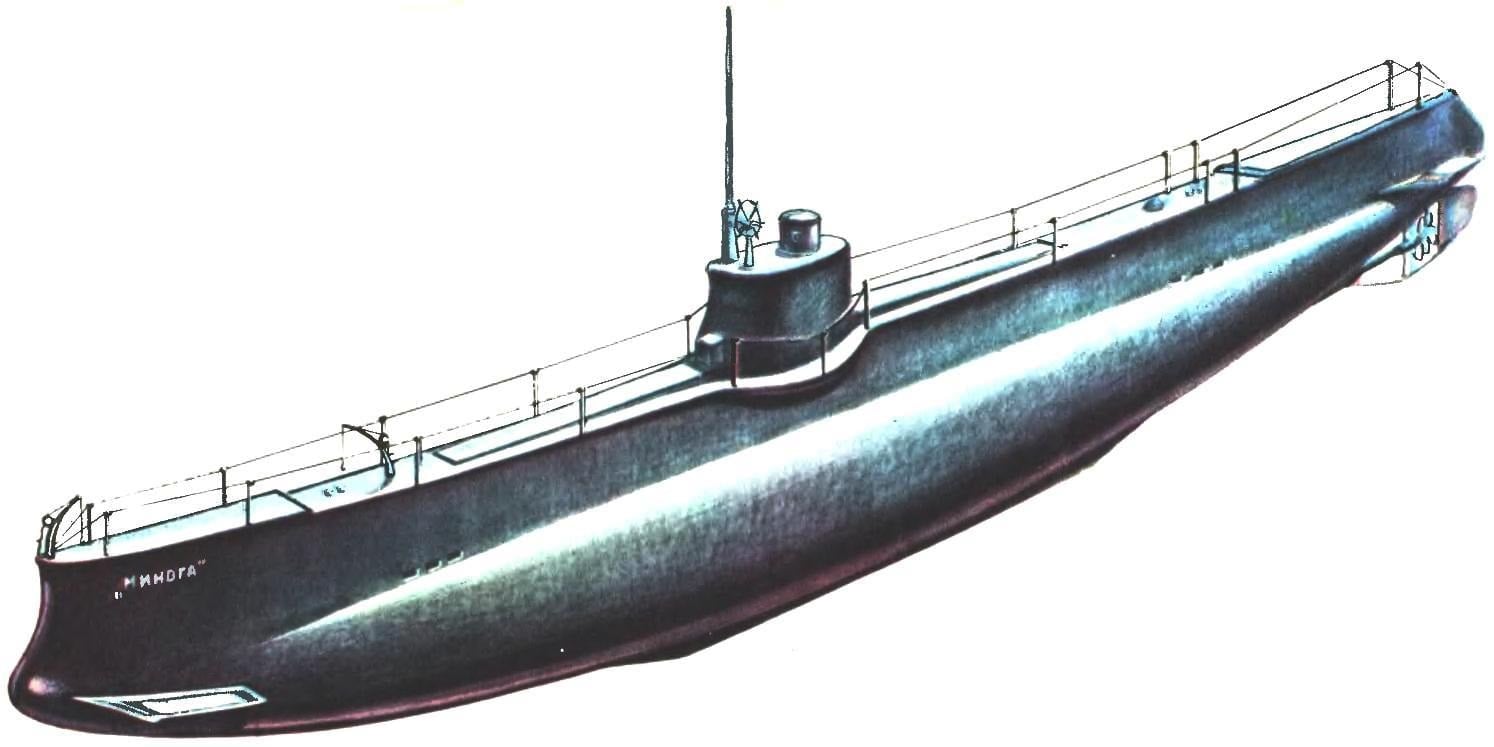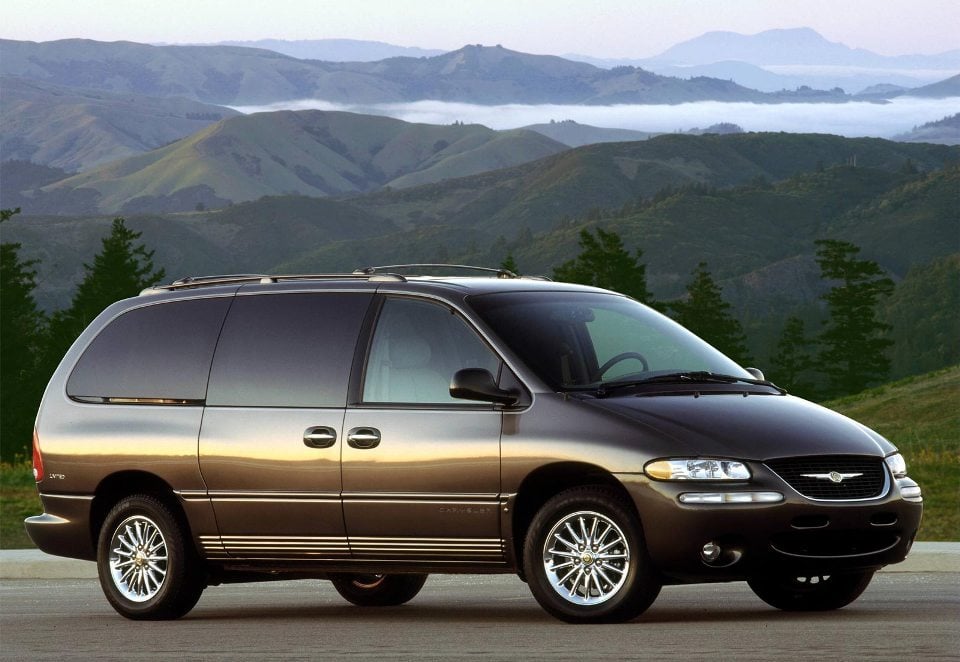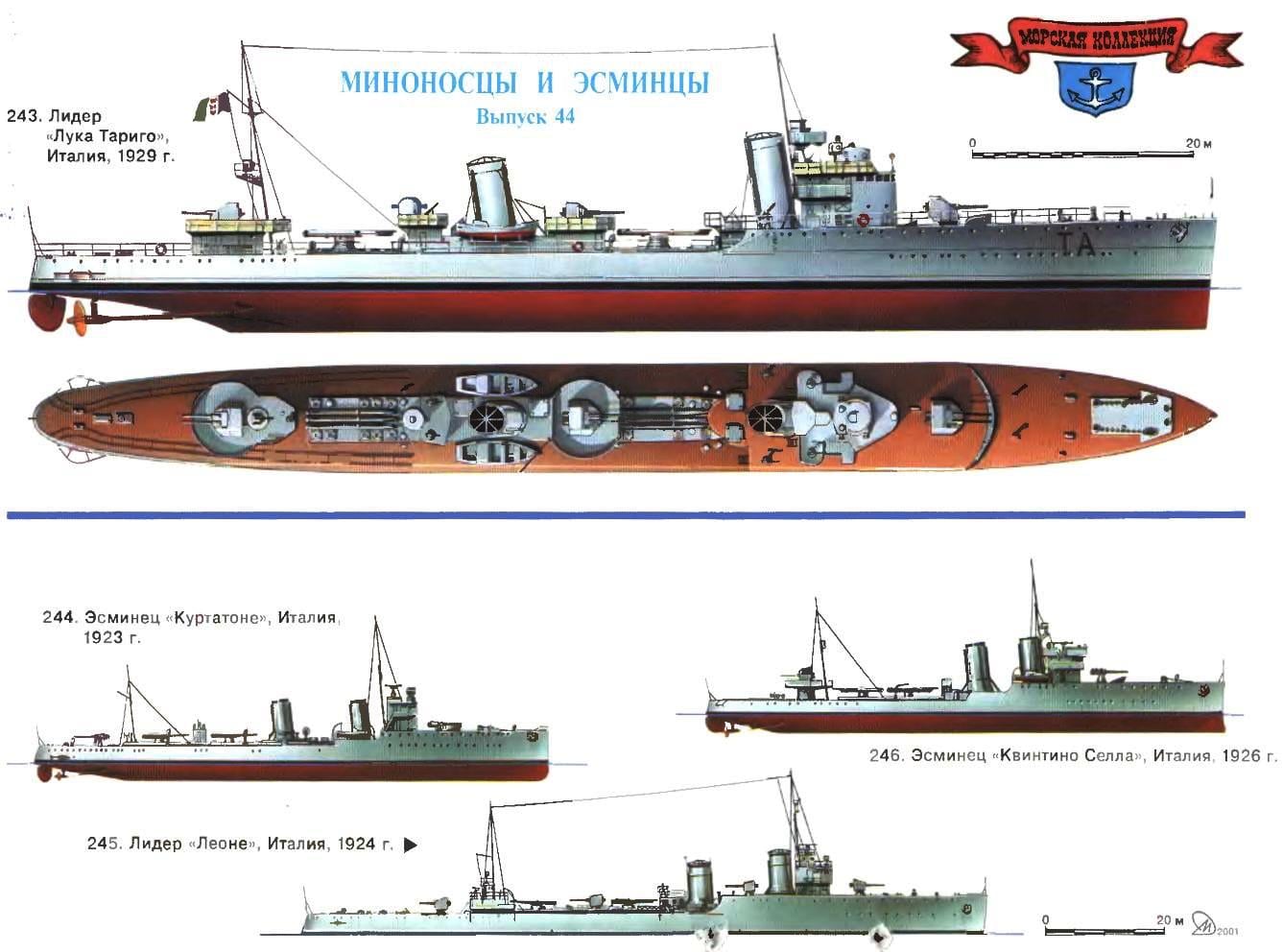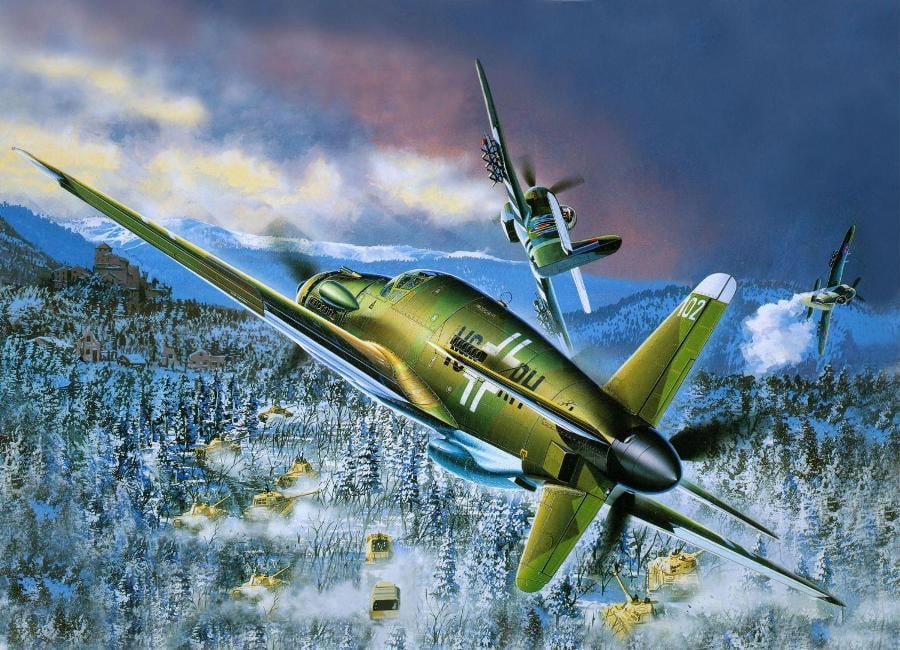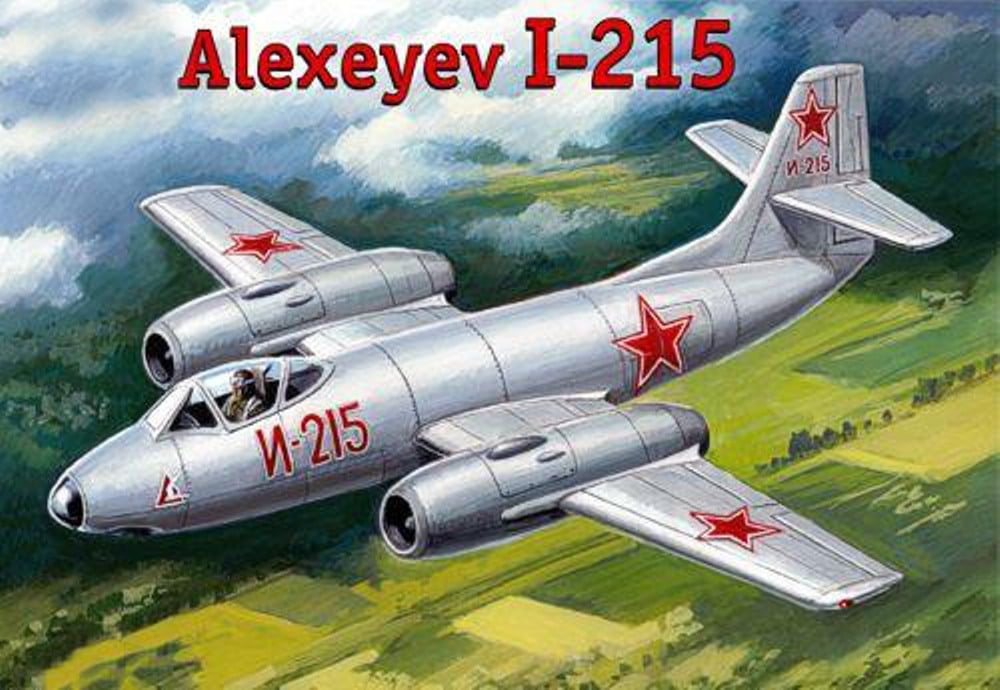 Bomber P2V NEPTUN. In the late 30-ies of the leadership of the U.S. Navy began to develop the requirements for patrol aircraft anti-submarine escort convoys and deep sea exploration. New aircraft with long range flight was to carry the weapon systems of a wide range from conventional bombs to sea mines and torpedoes. To develop for this purpose flying boat did not make sense, because its pressurized fuselage are not satisfied with the capacious bomb Bay and external weapons worsens the already poor aerodynamics of a floatplane, reducing the maximum range and speed of flight.
Bomber P2V NEPTUN. In the late 30-ies of the leadership of the U.S. Navy began to develop the requirements for patrol aircraft anti-submarine escort convoys and deep sea exploration. New aircraft with long range flight was to carry the weapon systems of a wide range from conventional bombs to sea mines and torpedoes. To develop for this purpose flying boat did not make sense, because its pressurized fuselage are not satisfied with the capacious bomb Bay and external weapons worsens the already poor aerodynamics of a floatplane, reducing the maximum range and speed of flight.
Collection
THE LAST “AMX” FRENCH TANK OF THE DYNASTY
 Tank builders from different countries have sought to create a new machine jointly. In the summer of 1963, the Ministers of defense of the United States and Germany signed an agreement on joint development of main battle tank for the armies of both States on the program of the MBT (Main Battle Tank). In 1969 tests were presented prototypes of tanks, MBT-70, developed in Detroit, and in Augsburg. Although the sample was designed according to General technical requirements, they differed significantly from each other with weapons, engines, chassis. As a result, in the same year, the Alliance broke up, dispersed and tank builders, who then went their separate ways. In the US there was a tank “Abrams” in Germany – “the Leopard”: similar in their main characteristics, but at the same time.
Tank builders from different countries have sought to create a new machine jointly. In the summer of 1963, the Ministers of defense of the United States and Germany signed an agreement on joint development of main battle tank for the armies of both States on the program of the MBT (Main Battle Tank). In 1969 tests were presented prototypes of tanks, MBT-70, developed in Detroit, and in Augsburg. Although the sample was designed according to General technical requirements, they differed significantly from each other with weapons, engines, chassis. As a result, in the same year, the Alliance broke up, dispersed and tank builders, who then went their separate ways. In the US there was a tank “Abrams” in Germany – “the Leopard”: similar in their main characteristics, but at the same time.
“…The outcome of the war could be very different”
 In 1848 started the Danish-German war. The Germans, of the fleet which virtually did not exist, had nothing to oppose to the Danish ships, which blockaded the German coast. Then the corporal of the Bavarian army Bauer and offered to build a submarine to break the blockade. Funds for the construction of “sea diver” — so Bauer called his brainchild (16) -gave the Schleswig-Holstein army and some private pizza. In 1651 in Kiel Bay began testing this vehicle, culminating in the fact that he… sank. Bauer and two members of the crew were miraculously saved, and the boat remained lying at the bottom of the Bay.
In 1848 started the Danish-German war. The Germans, of the fleet which virtually did not exist, had nothing to oppose to the Danish ships, which blockaded the German coast. Then the corporal of the Bavarian army Bauer and offered to build a submarine to break the blockade. Funds for the construction of “sea diver” — so Bauer called his brainchild (16) -gave the Schleswig-Holstein army and some private pizza. In 1651 in Kiel Bay began testing this vehicle, culminating in the fact that he… sank. Bauer and two members of the crew were miraculously saved, and the boat remained lying at the bottom of the Bay.
CHRYSLER VOYAGER
 Volume increased capacity of the CHRYSLER VOYAGER is one of the best models of the Chrysler group, leader in the production of these machines. The great success of this car is not only in USA but also in Europe, where it collects a joint venture in Austria.
Volume increased capacity of the CHRYSLER VOYAGER is one of the best models of the Chrysler group, leader in the production of these machines. The great success of this car is not only in USA but also in Europe, where it collects a joint venture in Austria.WINDS, SAILORS AND SOLDIERS
 Rapid growth in the number of high-speed torpedo ships in the Italian Navy, which began in 1920-e years were not accidental, although the background of stagnation in the global shipbuilding industry seemed the exception. Mussolini came to power, has seriously embarked on a long-standing dream — to make the Mediterranean Mare Nostrum — “our sea”. In the area of interest of Italy to reach the Balkans, Greece, Turkey, North Africa. Accordingly, defined the main potential enemy — France. So between the two countries began the race for naval armaments, in which a special role was given to leaders and destroyers.
Rapid growth in the number of high-speed torpedo ships in the Italian Navy, which began in 1920-e years were not accidental, although the background of stagnation in the global shipbuilding industry seemed the exception. Mussolini came to power, has seriously embarked on a long-standing dream — to make the Mediterranean Mare Nostrum — “our sea”. In the area of interest of Italy to reach the Balkans, Greece, Turkey, North Africa. Accordingly, defined the main potential enemy — France. So between the two countries began the race for naval armaments, in which a special role was given to leaders and destroyers.
A VERY OLD FRIEND
 City bus ZIL-158. In the postwar years for urban transportation used mainly the bus ZIS-155, which was produced from 1949 to 1957. But in the mid fifties it became clear that these machines will not be able to cope with the increasing passenger traffic, and the design of the bus left much to be desired. To replace the ZIS-155 local reports were released two more modern cars of the middle class — ZIL-158 and LAZ-695 (the latter often used on suburban lines).
City bus ZIL-158. In the postwar years for urban transportation used mainly the bus ZIS-155, which was produced from 1949 to 1957. But in the mid fifties it became clear that these machines will not be able to cope with the increasing passenger traffic, and the design of the bus left much to be desired. To replace the ZIS-155 local reports were released two more modern cars of the middle class — ZIL-158 and LAZ-695 (the latter often used on suburban lines).
MERCEDES BENZ M-CLASS
 Because of the incredible popularity of SUVs in the U.S. the company Daimler Benz built a plant and began with the 1996 release of their generic versions of all-wheel drive vehicle M-class, established in accordance with the tastes and peculiarities of the local market. Subsequently appeared, and the European modification of this model, which is imported to the continent from overseas.
Because of the incredible popularity of SUVs in the U.S. the company Daimler Benz built a plant and began with the 1996 release of their generic versions of all-wheel drive vehicle M-class, established in accordance with the tastes and peculiarities of the local market. Subsequently appeared, and the European modification of this model, which is imported to the continent from overseas.Pneumatic rifles Hatsan
 Air rifle Hatsan (Hatsan) is widely known in Russia among fans airguns. They are successfully used also for entertainment and for hunting. Besides you can buy them at very reasonable prices.
Air rifle Hatsan (Hatsan) is widely known in Russia among fans airguns. They are successfully used also for entertainment and for hunting. Besides you can buy them at very reasonable prices.
DO-335 PFEIL
 This unusual aircraft built for the Luftwaffe by the famous German firm Dornier, which had its first flight in September 1943, became the fastest piston fighter in Germany. The maximum speed that was able to develop this aircraft at an altitude of 6400 metres, made up of 763 km/h!
This unusual aircraft built for the Luftwaffe by the famous German firm Dornier, which had its first flight in September 1943, became the fastest piston fighter in Germany. The maximum speed that was able to develop this aircraft at an altitude of 6400 metres, made up of 763 km/h!
FIGHTERS SEEDS ALEKSEEVA
 In 1946, after about a year after relocation, the design Bureau of S. A. Lavochkin in Moscow at the plant named after Sergo Ordzhonikidze in Gorky organized the design Bureau OKB-21, this time headed by S. M. Alekseev. The first half of the design office remained a branch of OKB-301 and subordinate to the S. A. Lavochkin, and in July became fully independent. This parallel work was carried out by the Lavochkin fighters and a new project of twin-engine fighter-21.
In 1946, after about a year after relocation, the design Bureau of S. A. Lavochkin in Moscow at the plant named after Sergo Ordzhonikidze in Gorky organized the design Bureau OKB-21, this time headed by S. M. Alekseev. The first half of the design office remained a branch of OKB-301 and subordinate to the S. A. Lavochkin, and in July became fully independent. This parallel work was carried out by the Lavochkin fighters and a new project of twin-engine fighter-21.
